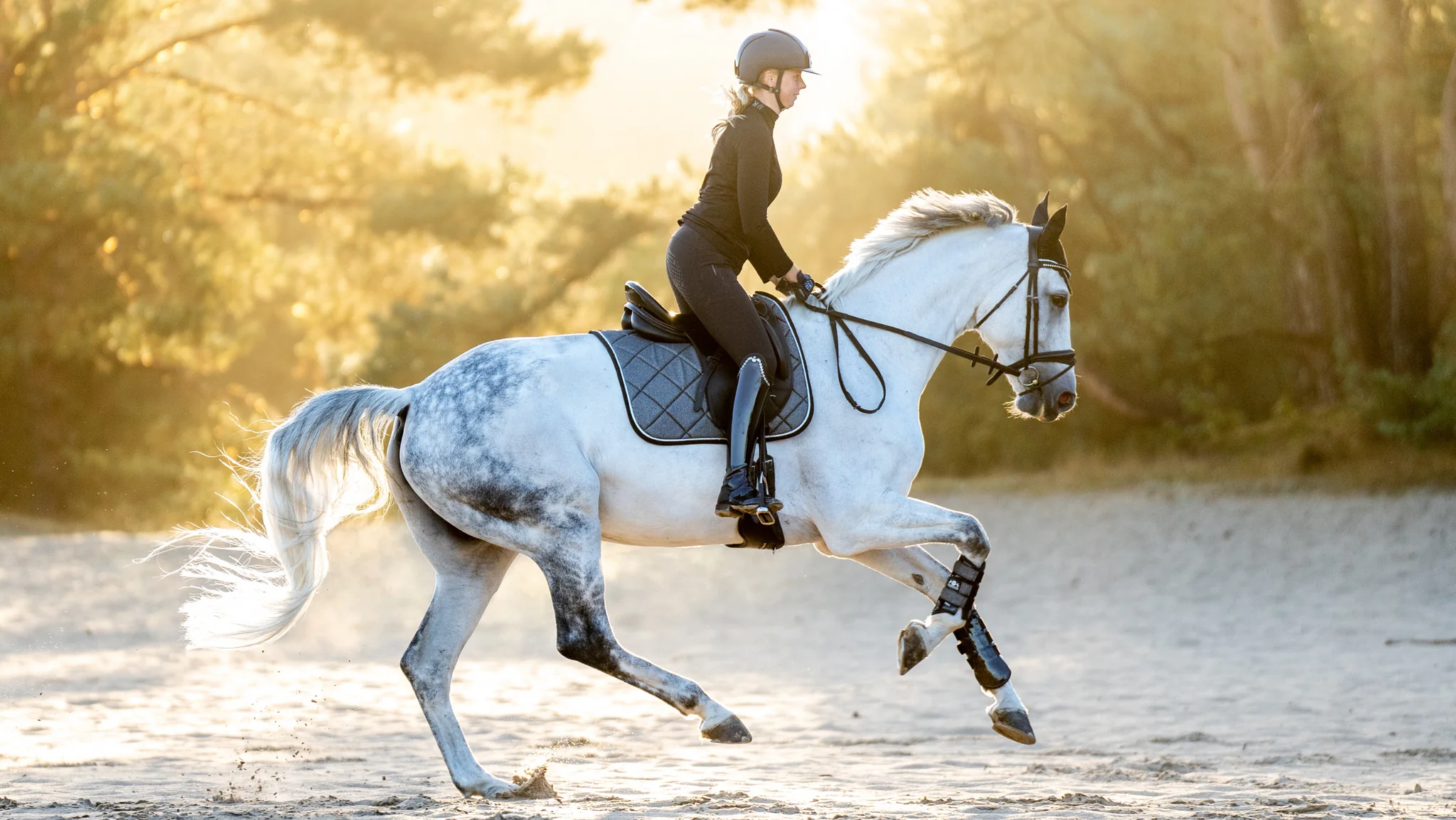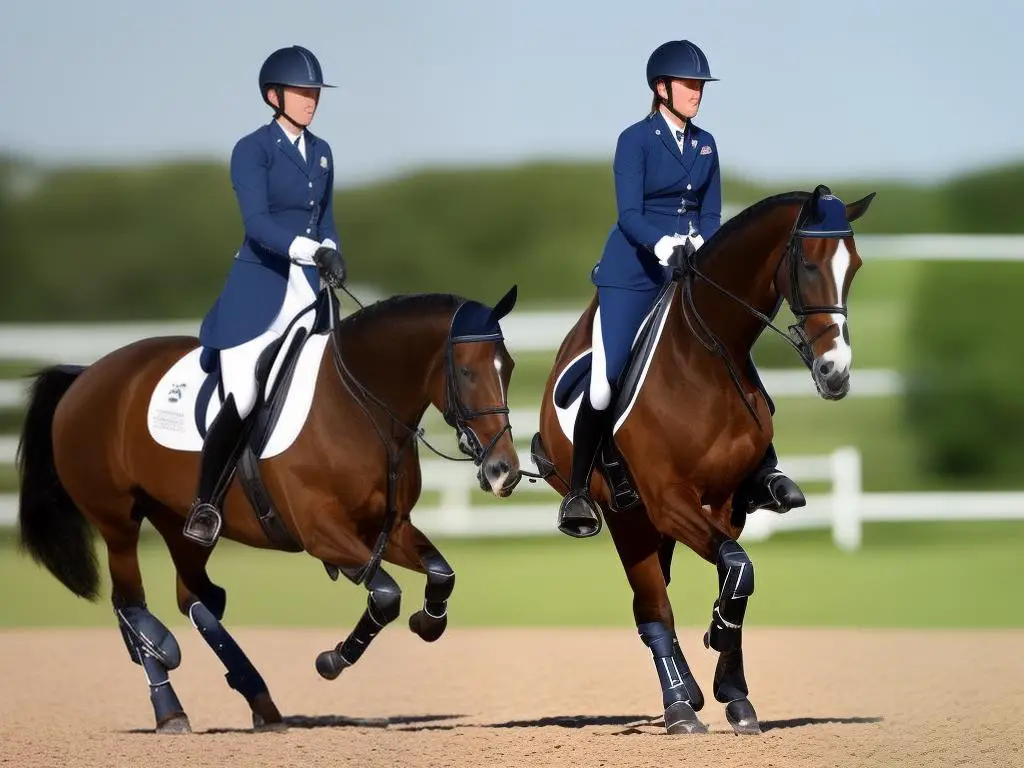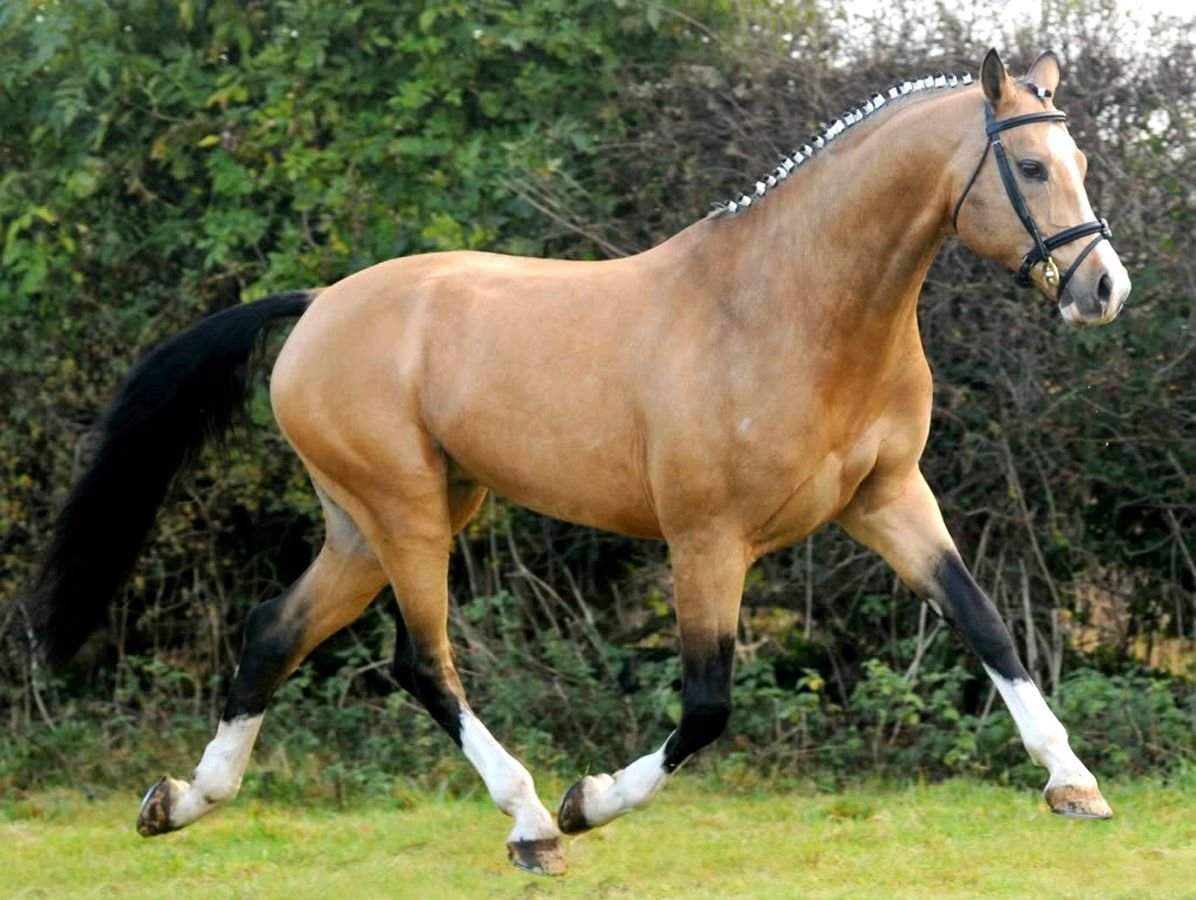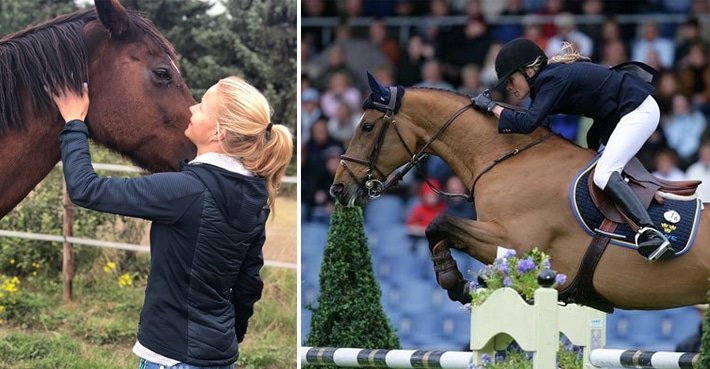Warmbloods have become a cornerstone in horseback riding schools around the world. Their unique combination of temperament, physical capabilities, and versatility makes them an excellent choice for equestrian education. Whether you’re a beginner or an advanced rider, Warmbloods provide the reliability and adaptability necessary for a safe and enjoyable learning experience.
1. What Are Warmbloods?
Warmbloods are a group of horse breeds known for their balanced traits, combining the athleticism of hot-blooded horses like Thoroughbreds with the calm demeanor of cold-blooded draft horses. Popular Warmblood breeds include:
- Hanoverians
- Dutch Warmbloods
- Holsteiners
- Oldenburgs
These breeds have been selectively bred for equestrian sports, making them ideal for a variety of disciplines.
2. Key Traits of Warmbloods for Riding Schools
Warmbloods possess specific qualities that make them stand out in horseback riding schools:
a. Calm Temperament
Warmbloods are known for their even temperament, which makes them suitable for riders of all skill levels. They are patient with beginners and responsive to advanced commands, providing a consistent learning experience.
b. Physical Strength and Endurance
Their muscular build and stamina allow Warmbloods to perform in lessons that range from gentle riding to advanced jumping or dressage training.
c. Trainability
Warmbloods are intelligent and eager to learn, making them easy to train. This trait ensures that instructors can rely on them for teaching complex maneuvers and techniques.
d. Versatility
From basic riding lessons to competitive sports, Warmbloods can adapt to various disciplines, including:
- Dressage
- Show jumping
- Eventing
- General riding lessons
3. Warmbloods for Beginner Riders
Riding schools often cater to students with little or no experience, and Warmbloods are a perfect fit for these riders. Their steady gait and calm demeanor help beginners build confidence while learning basic skills like balance, posture, and control.
Safety First
Warmbloods’ predictable behavior reduces the risk of accidents, making them a safer choice for novice riders.
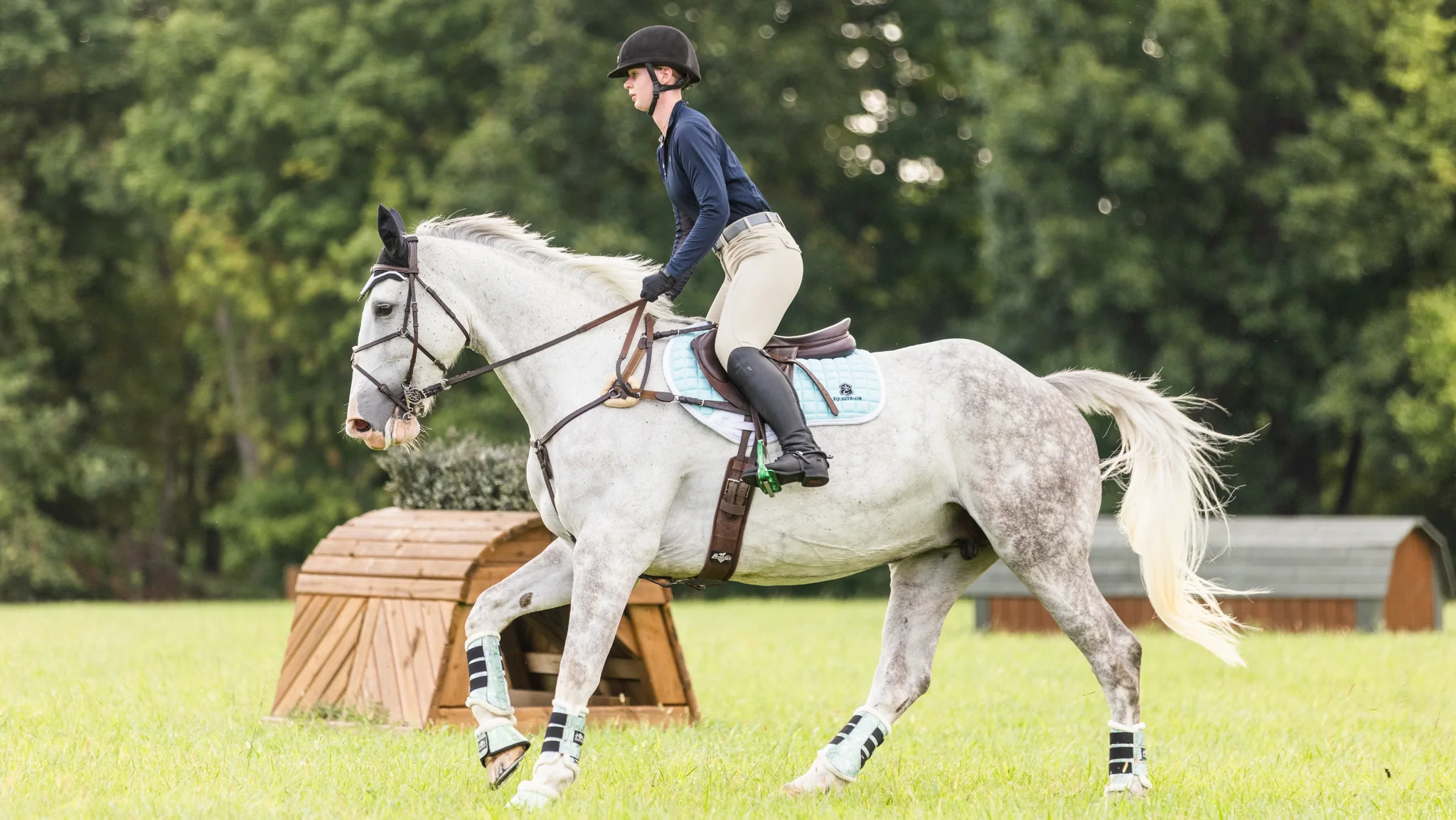
Comfortable Ride
Their smooth gaits provide a comfortable experience, which is particularly important for those just starting their equestrian journey.
4. Advanced Training on Warmbloods
Warmbloods are equally suitable for advanced riders looking to refine their skills. Their responsiveness and athleticism allow experienced equestrians to practice technical maneuvers, including:
- Complex dressage routines
- Precision jumping techniques
- Cross-country courses
These horses are a staple in riding schools that prepare students for competitive events.
5. Why Riding Schools Prefer Warmbloods
Reliability
Instructors can trust Warmbloods to behave consistently, even in unpredictable situations.
Durability
Warmbloods have the physical strength to endure multiple lessons daily, making them a cost-effective choice for riding schools.
Universal Appeal
Their adaptability allows schools to use the same horse for a wide range of students, from beginners to advanced riders, across different disciplines.
6. Caring for Warmbloods in Riding Schools
Proper care is essential to maintain the health and performance of Warmbloods in riding schools. Key aspects include:
Nutrition
Warmbloods require a balanced diet with adequate protein, fiber, and vitamins to support their active lifestyle.
Grooming
Regular grooming helps maintain their coat and overall health, while also ensuring they are comfortable for students to ride.
Health Checks
Routine veterinary care and hoof maintenance are vital, as Warmbloods are prone to joint issues due to their size and activity level.
Rest and Recovery
Even the most reliable Warmbloods need rest to recover from the physical demands of frequent lessons. Riding schools should ensure they have downtime between classes.
7. Success Stories: Warmbloods in Action
Many riding schools report that their Warmbloods have contributed significantly to their students’ success. From teaching a young child their first trot to helping a competitive rider perfect a dressage routine, these horses have a proven track record of excellence in equestrian education.
8. Choosing the Right Warmblood for a Riding School
When selecting a Warmblood for a riding school, consider the following factors:
- Age: Middle-aged horses (8-15 years) often strike the best balance between experience and physical capability.
- Temperament: Look for a calm, friendly horse that is easy to handle.
- Health: Ensure the horse has a clean bill of health, with no signs of joint or hoof issues.
Conclusion
Warmbloods play an indispensable role in horseback riding schools, offering a unique blend of calmness, strength, and adaptability. Their suitability for riders of all levels makes them a favorite among instructors and students alike. By investing in well-cared-for Warmbloods, riding schools can ensure a safe, engaging, and educational experience for everyone involved.
Whether you’re a beginner learning the basics or an advanced rider preparing for competition, a Warmblood can be the perfect equestrian partner to help you achieve your goals.







